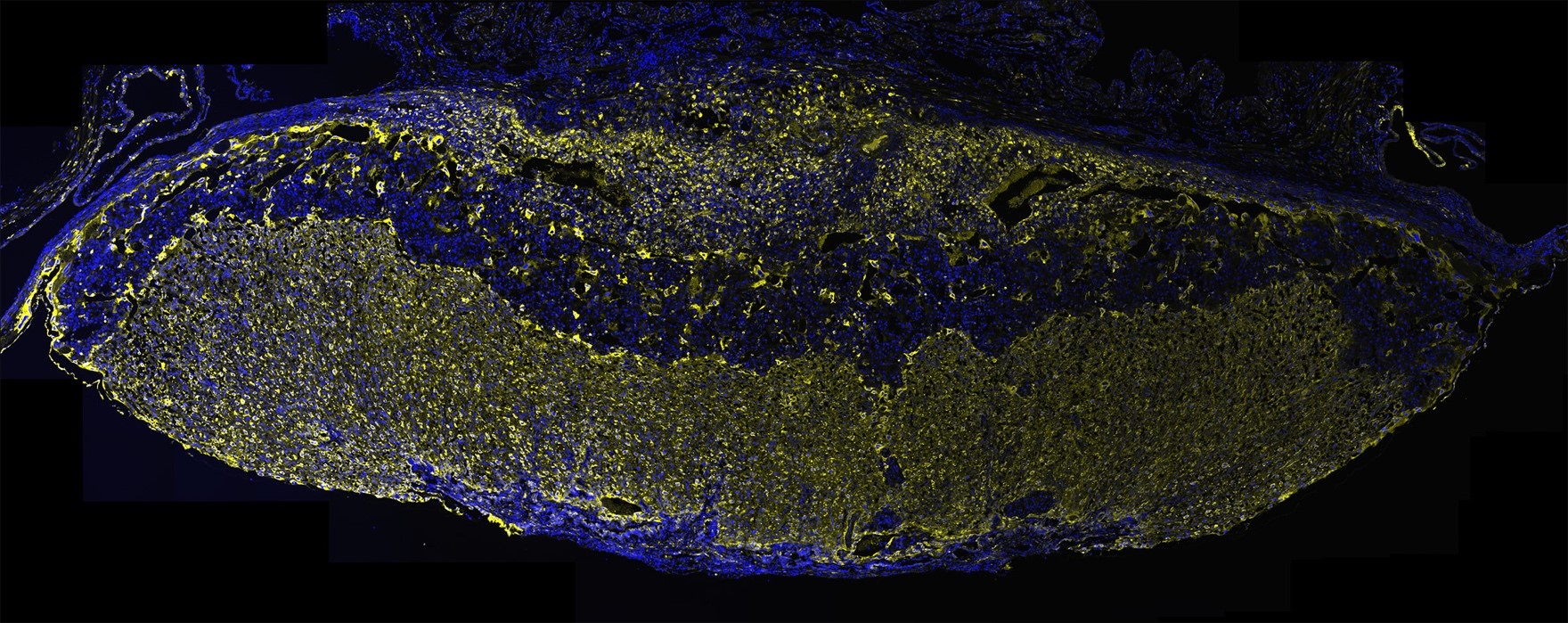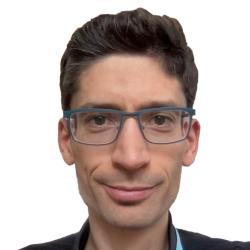Research
We study how intrinsic and extrinsic cues are integrated by individual cells during development, such that robust organogenesis is achieved. We use sophisticated mouse genetic models that allow us to perturb cell proliferation, survival and signalling in specific tissues, in an inducible and reversible manner [1]. We then study the recovery process: 1) within the target tissue [2,3]; 2) between adjacent tissues; 3) between organs within the body. In the latter, I showed that blocking cell proliferation in the cartilage of the foetal limbs triggers a systemic growth reduction, which could be rescued by manipulation of the IGF2-IGF2R system in the placenta [2]. I hypothesise that the placenta monitors the embryo status, so that not only can it respond to the increased demands of the growing embryo, but also slow down growth of the embryo when there is a local perturbation, to facilitate preservation of body proportions. We will study how this bidirectional communication happens, and what kind of signalling ‘computation’ takes place in the placenta, in response to different types of limb injuries.
Publications
1) A collection of genetic mouse lines and related tools for inducible and reversible intersectional mis-expression. Ahmadzadeh E, Bayin NS, Qu X, Singh A, Madisen L, Stephen D, Zeng H, Joyner AL, Rosello-Diez A. Development. 2020 May 28;147(10):dev186650. doi: 10.1242/dev.186650. PMID: 32366677
2) Compensatory growth and recovery of tissue cytoarchitecture after transient cartilage-specific cell death in foetal mouse limbs. H’ng CH, Amarasinghe S, Zhang B, Chang H, Powell D, Rosello-Diez A. bioRxiv. 2023 June 20. doi: 10.1101/2023.06.20.545035
3) Cell-nonautonomous local and systemic responses to cell arrest enable long-bone catch-up growth in developing mice. Rosello-Diez A#, Madisen L, Bastide S, Zeng H, Joyner AL#. PLoS Biol. 2018 Jun 26;16(6):e2005086. doi: 10.1371/journal.pbio.2005086. PMID: 29944650. #Co-corresponding authors. Highlighted in https://www.nature.com/articles/d41586-018-05540-z



